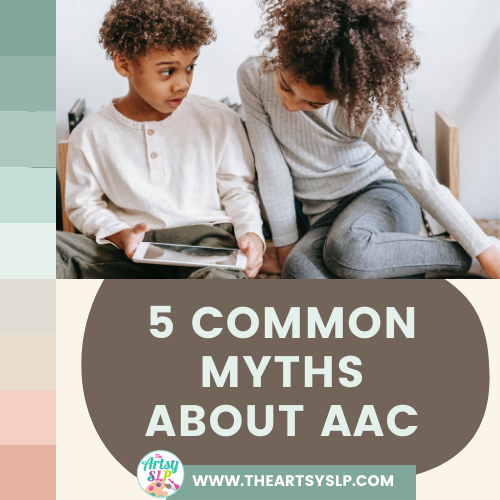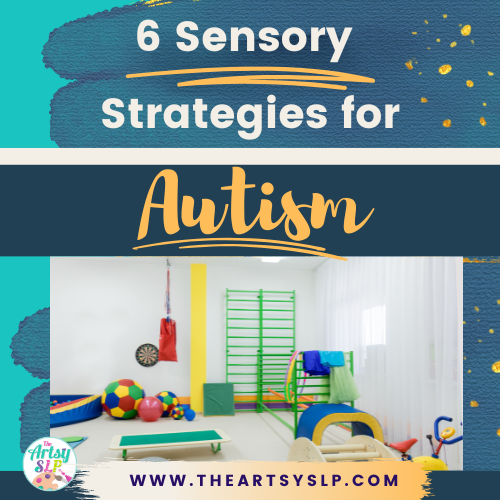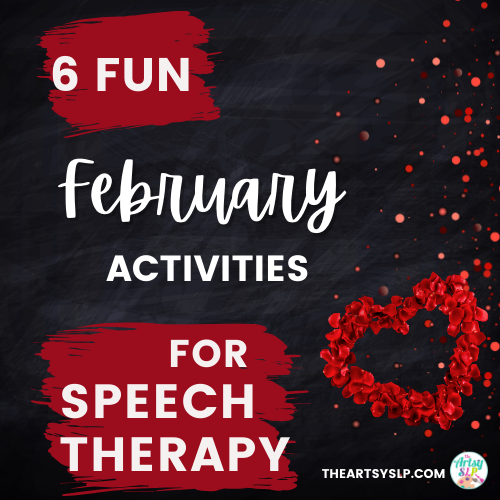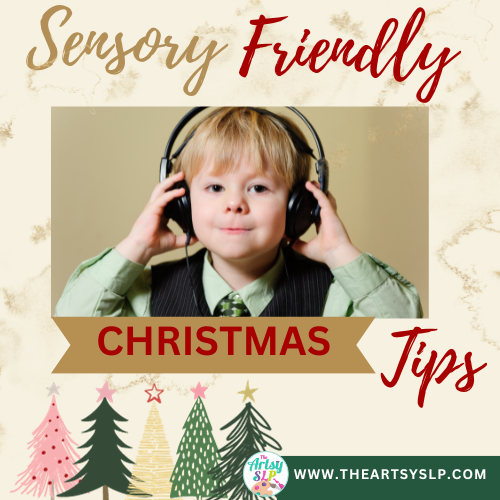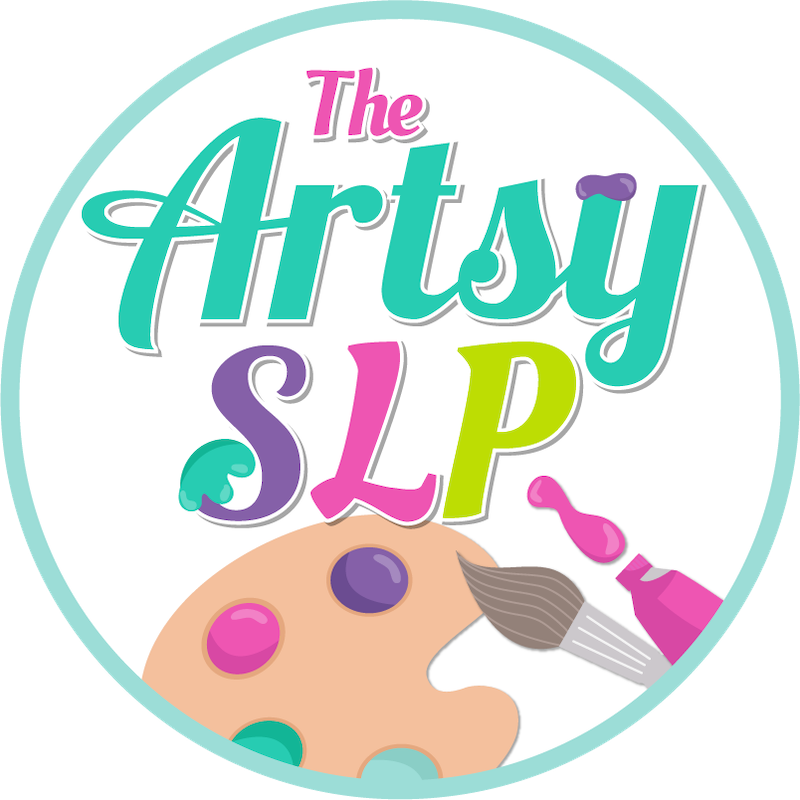Augmentative and Alternative Communication (AAC) is a way for an individual to communicate by using alternative methods. Read on to learn about the benefits of AAC and debunk some of its common myths.
What is AAC?
AAC stands for Augmentative and Alternative Communication. It includes pictures, communication books, signs, gestures, symbol boards, speech generated devices, or a combination of these modalities.
Who uses AAC?
People of all ages benefit from the use of a communication device. In this blog post, I will discuss AAC as it relates to children. All behaviors are communication based. I believe that providing children with a voice and a way for them to express their thoughts is a way to decrease their frustration.
Personal Story
Before reading the common myths about AAC, I’d like to share my personal story. My son has autism and I had him using AAC on his iPad at age two. With his device, he was able to express his thoughts, ideas, love, opinions, and so much more. I saw a significant decrease in his overall frustration when he was able to communicate. I learned from my son that children just want to be acknowledged. I know what it’s like to wonder: Will my child ever talk? Now he talks so well that many find it hard to believe that he was nonverbal at one point. Everyone’s journey with AAC is unique and my experience may not mirror your own. However, I’d like this to be a message of hope to other parents going through the same thing. Know that things will get better.
Grab my Feelings and Emotions Freebie for more autism related activities.
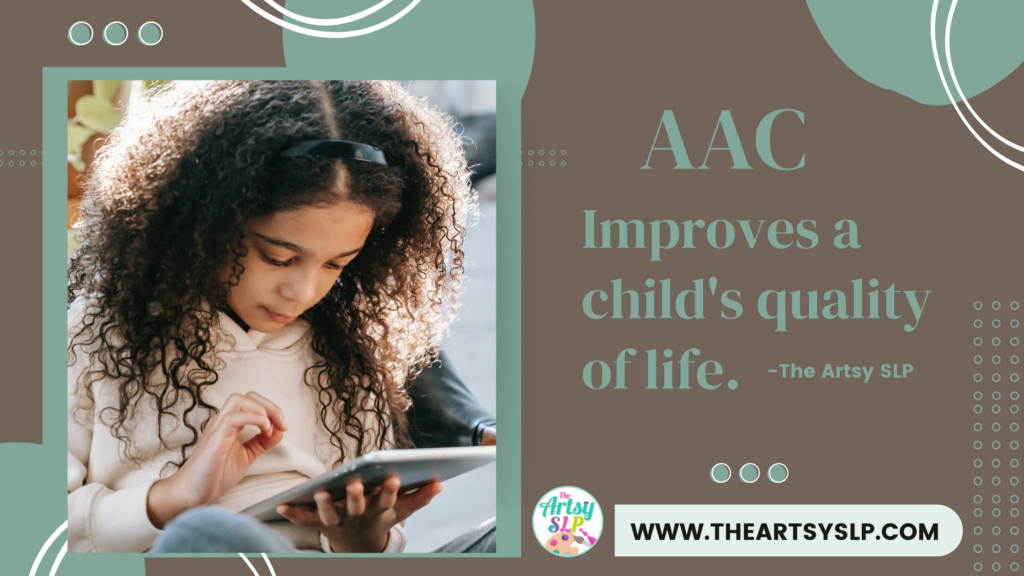
Common Myths About AAC
1. AAC will stop my child from talking.
AAC does NOT prevent your child from talking or using their words. This is a very common misconception. Instead, it is a way for children to express their thoughts, wants, and needs. In fact, AAC often increases your child’s verbalizations. Many parents worry that using AAC will discourage their child from talking. However, AAC teaches children that their words are valuable and have meaning. Therefore, it encourages them to want to communicate.
2. AAC will delay my child’s language development.
In fact, AAC will actually increase your child’s language skills. They work on their receptive language by requesting and their expressive language by stating their wants/needs. Especially with speech generated devices, it’s a good idea to have your child make simple sentences when requesting items. For example, instead of selecting “Cookies,” encourage your child to select “I want cookies” or “More cookies please.” By using this strategy, when a child starts to verbalize, it increases their utterances. It encourages them to use phrases, simple sentences, and helps foster their language development.
3. Only nonverbal children use AAC.
AAC is not just for children that are completely nonverbal. A very common misconception is that if a child is “talking” then they don’t need AAC. However, it they aren’t effectively communicating, this could lead to communication breakdowns and lots of frustration. AAC can be used with all children that are unable to effectively communicate their needs. Even if a child has a few words or rote phrases, they still benefit greatly from using alternative communication. If your child is unable to state their wants/needs, say how they feel, tell you if they are sick, et cetera; then AAC helps them communicate.
4. I know what my child wants; they don’t need AAC.
As parents, we become great at being intuitive and anticipating our child’s needs. We’ve been anticipating their needs since the day they were born. However, it’s also equally as important to give your child a voice. AAC helps your child make their own choices, decisions, and to be more independent. Also, keep in mind that your child is not with you all of the time. AAC helps your child communicate in a variety of settings outside of the home.
5. AAC is a last resort to intervention.
AAC is not something to try when all else fails. It is actually one of the first steps when a child is delayed with their speech and language skills. It teaches children how to communicate, express themselves, and it increases positive social interactions. In fact, AAC provides your child with the ability to start communicating right away. It will increase your child’s self-esteem and help improve their communication skills overall.
RELATED: Potty training Tips 7 Tips How Autism Impacts Potty Training and Potty Training Tips for Autism.
RELATED: Picky Eaters 5 Tips To Encourage Kids To Eat Healthy.
Conclusion
I’m very passionate about AAC and I believe that it provides children with a voice. Studies show that using AAC helps with language development, increasing social skills, and building positive self-esteem. It is important to remember that children just want to be acknowledged and they want to be heard. When AAC is provided at an early age, it helps children develop their overall language skills. Providing children with a voice helps decrease their frustration and it fosters independence. If you are interested in AAC for your child, then contact your school’s Speech Language Pathologist.
Autism Resources:
Try my Adaptive Feelings Book for tips on how to teach feelings and emotions to children with Autism. It’s also perfect for teaching facial cues, defining feelings, and teaching empathy.
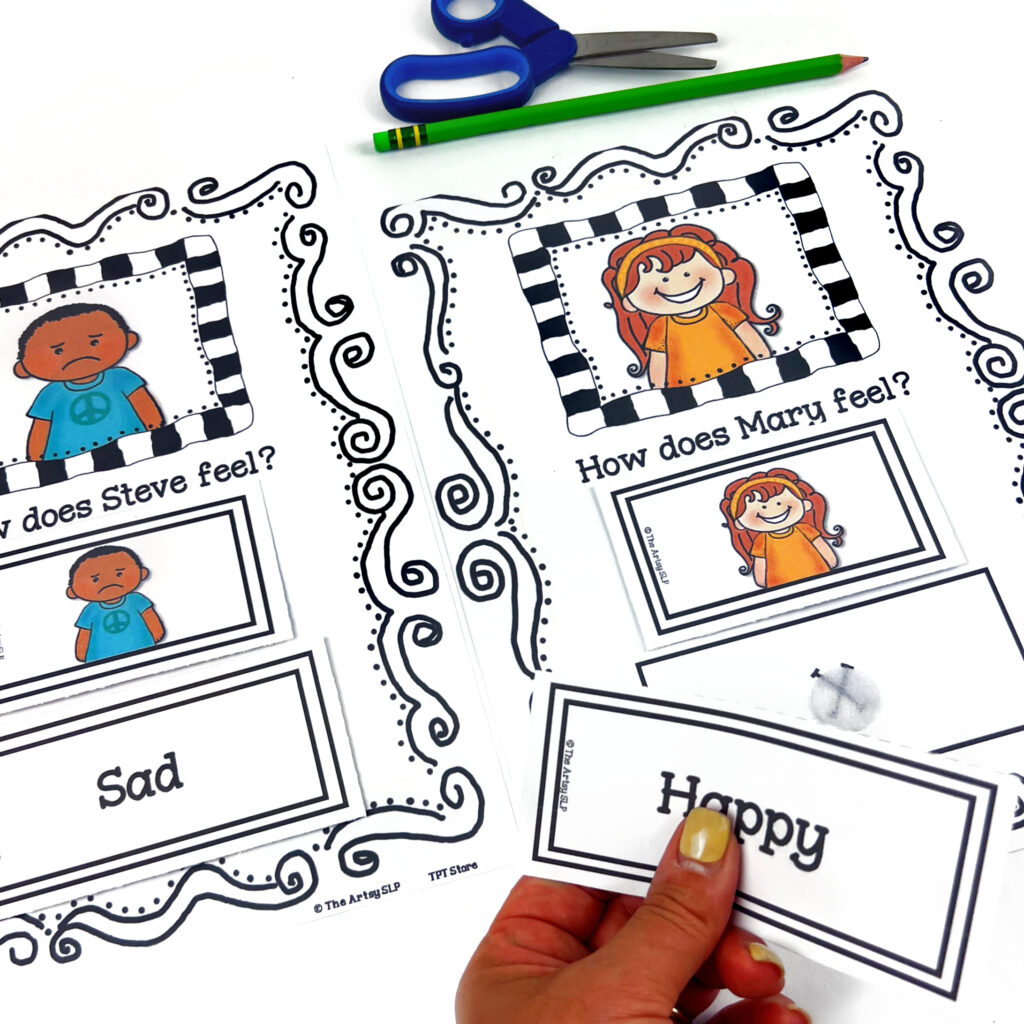
These activities are perfect for teaching kids with autism about their feelings and emotions. These ideas and activities will help teach kids how to identify their thoughts, feelings, and emotions.

Help your child learn about their emotions by reading cell phone text messages! These fun an engaging activities will help teach feelings and emotions in a unique way.
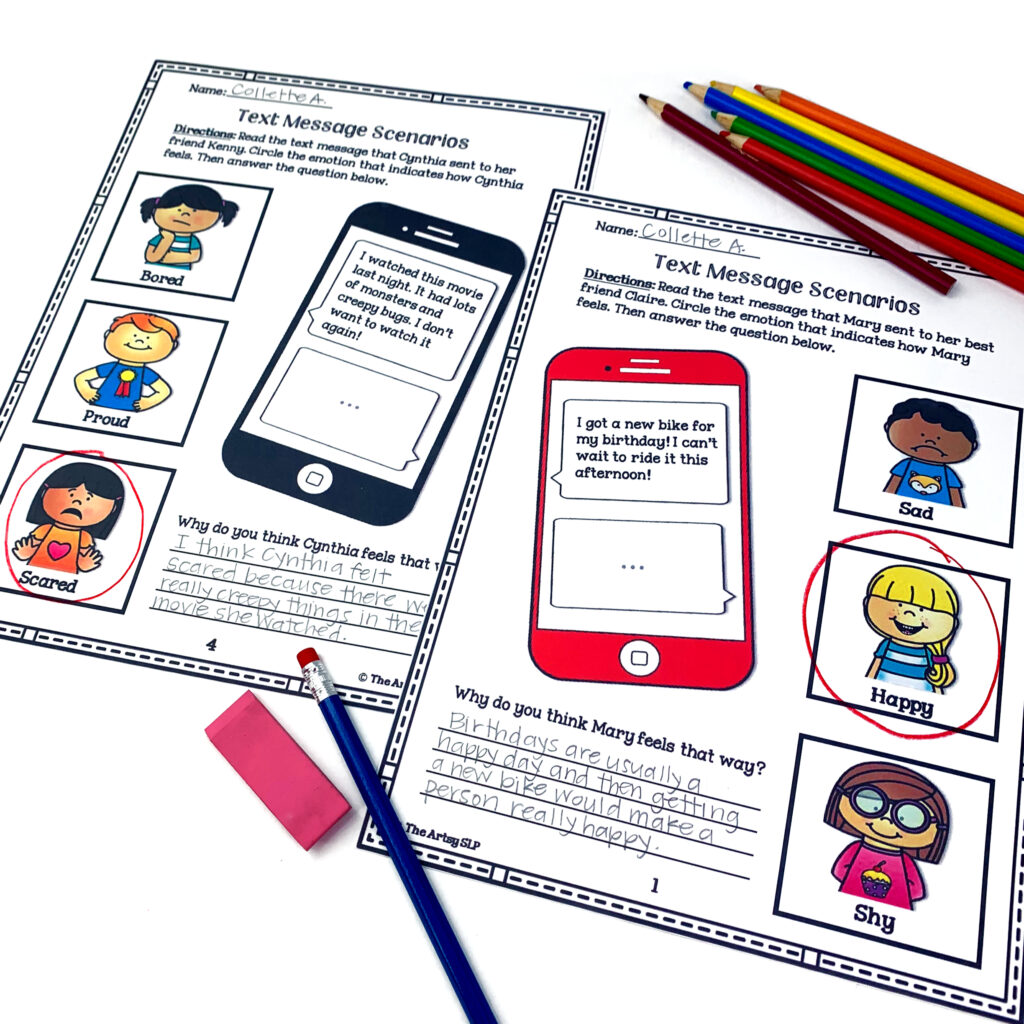
sDFgagfeadgfafdgagfdfsgdmmmmmmmmmmmmmmmmmmmmmmmmmmmmmmmmmmmmmmmmmmmmmmmmm
sDFgagfeadgfafdgagfdfsgdmmmmmmmmmmmmmmmmmmmmmmmmmmmmmmmmmmmmmmmmmmmmmmmmm
sDFgagfeadgfafdgagfdfsgdmmmmmmmmmmmmmmmmmmmmmmmmmmmmmmmmmmmmmmmmmmmmmmmmm


